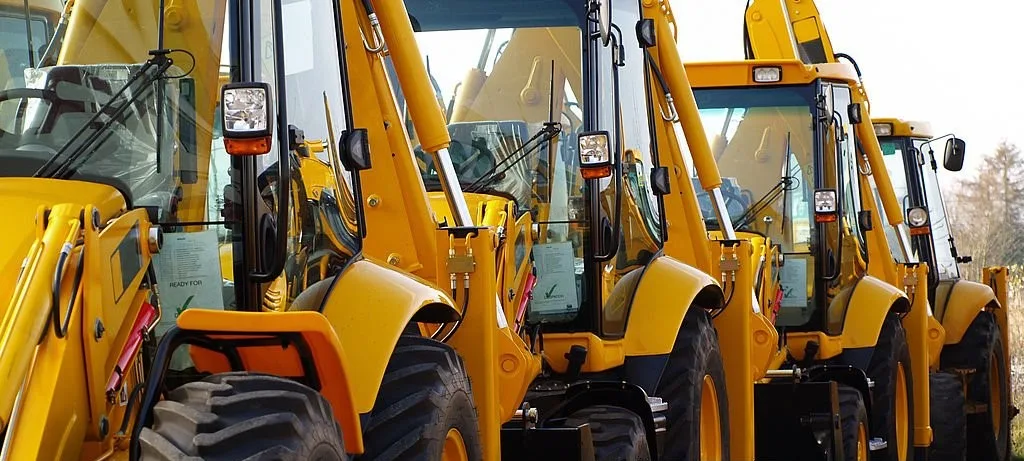


We’re here to answer any question you may have.
Would you like to join our growing team?
careers@hub.com
Would you like to join our growing team?
careers@hub.com

In the world of business, acquiring the necessary equipment can be a significant financial decision, particularly for industries like restaurants and beauty salons where specialized equipment is vital for operations. When it comes to obtaining equipment, two common options are equipment financing and equipment leasing. Both avenues offer distinct advantages and considerations, tailored to suit different business needs. In this blog post, we'll delve into the differences between equipment financing and leasing, focusing on their functionalities, benefits, and how to determine which option is best suited for your business.
Equipment financing involves borrowing funds to purchase equipment outright. This method allows businesses to spread the cost of equipment over time while gaining ownership from the outset. With equipment financing, the purchased equipment serves as collateral for the loan, making it a secured form of lending. This type of financing is often sought after by businesses in need of restaurant equipment financing or beauty equipment finance to acquire specialized machinery and tools crucial for their operations.
In equipment financing, a business identifies the equipment they need and applies for financing from a lender. The lender then assesses the business's creditworthiness and the value of the equipment being financed. If approved, the lender provides the funds necessary to purchase the equipment, and the business repays the loan amount over a predetermined period, typically through monthly installments that include interest.
To secure equipment financing, businesses can approach banks, credit unions, online lenders, or equipment manufacturers that offer financing options. The application process typically involves providing financial statements, business plans, and information about the equipment being financed. Demonstrating a strong credit history and a clear plan for utilizing the equipment can increase the likelihood of approval.
Ownership: Equipment financing allows businesses to own the equipment outright once the loan is repaid, providing long-term asset value and potential tax benefits through depreciation.
Flexibility: Businesses have the freedom to choose the equipment they need from any vendor or manufacturer, giving them flexibility in sourcing the best-suited equipment for their operations.
Preservation of Capital: By financing equipment, businesses can preserve their capital for other essential expenses such as payroll, marketing, or expansion efforts.
Equipment leasing involves renting equipment from a lessor for a specified period, typically ranging from one to five years. Unlike equipment financing, the lessee does not own the equipment at the end of the lease term unless a buyout option is exercised.
Leasing often requires minimal upfront costs, making it more accessible for businesses with limited capital.
Leasing agreements may include provisions for equipment maintenance and upgrades, relieving businesses of the responsibility and cost of servicing the equipment.
Leasing allows businesses to access the latest equipment technology without committing to long-term ownership, enabling them to adapt to changing industry trends and demands more easily.
The decision between buying and leasing equipment depends on various factors, including the business's financial situation, long-term goals, and the nature of the equipment needed. Businesses should consider the following when making their decision:
Evaluate the upfront costs, cash flow implications, and tax benefits associated with both options.
Assess the expected lifespan and utilization of the equipment. If the equipment is likely to become obsolete quickly or require frequent upgrades, leasing may be more advantageous.
Determine whether owning the equipment outright is a priority for the business or if the flexibility of leasing better aligns with its needs.
In conclusion, both equipment financing and leasing offer viable solutions for businesses seeking to acquire essential equipment. Whether it's restaurant equipment financing or beauty equipment finance, understanding the nuances of each option is crucial for making an informed decision that aligns with the business's financial objectives and operational requirements. By carefully weighing the benefits and considerations of equipment financing and leasing, businesses can choose the option that best supports their growth and success.
Adding {{itemName}} to cart
Added {{itemName}} to cart